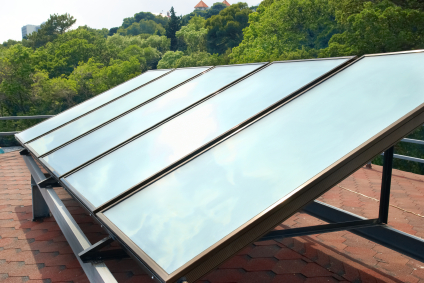Code Green Solutions


Earlier this year the New Buildings Institute released their ZNE 2014 Status Update detailing the achievements of 32 ‘verified’ zero net energy buildings across the U.S., and pointing towards an additional 180 “ZNE Emerging” and “Ultra-low Energy” buildings that may well represent the next class of projects to achieve ZNE status. As a previous blog post noted, nearly half of these ZNE buildings are LEED Gold or Platinum certified.
ZNE buildings are those that operate with zero net energy consumption and zero carbon emissions. Design features may include solar panels, heat pumps, heat recovery, efficient building envelopes, green roofs, high efficiency lighting and appliances, multi-glazed windows, control systems and other technologies and design features that contribute to operational energy efficiency.
The net energy usage intensity (net EUI) of buildings referenced in NBI’s latest report reaches up to a value of -10, which means the building, Environmental Nature Center, is producing 10 kBtu/sf annually more than it consumes. It is inspiring to see this kind of performance and leadership, where existing buildings are producing excess energy that can be used by other buildings.
The ZNE Emerging and Ultra-Low Energy buildings are highly efficient assets striving for further energy savings and targeting ZNE status. Through clear benchmarking tools and publicly available data, future projects are able to benefit from the lessons learned by the existing ones. In sharing this information openly, the energy efficiency leaders of today will continue pulling the market even further in the direction of net zero energy buildings.
We have introduced a new Zero Net Energy Buildings Collection in GBIG, where you can find a listing of the known zero net energy buildings to date, along with detailed information about these projects. Currently, all ZNE buildings are found in North America, across 19 U.S. states, and Canada. The collection compiles links to LEED certification dashboards, case studies, and technical reports (including’s ZNE 2012 and 2014 Status Updates), allowing users to learn more about the strategies used on each high performing project.
This Zero Net Energy Buildings Collection will continue to grow as more buildings achieve this lofty status. We encourage professionals who are aware of additional ZNE projects or case studies to bring them to our attention so GBIG can promote them to a wider public audience. We are looking forward to expanding this collection and highlighting the leaders in energy efficient building practices.